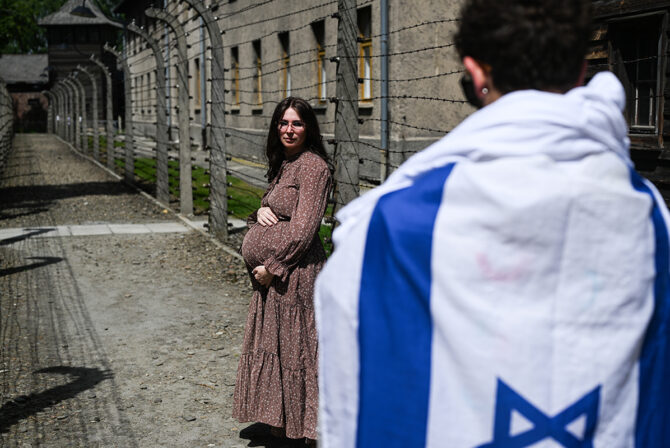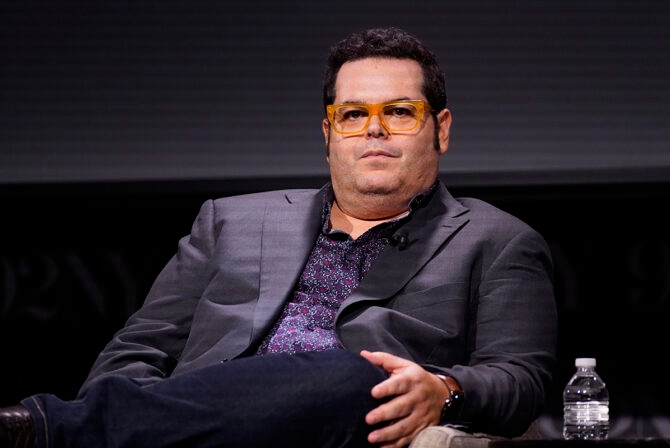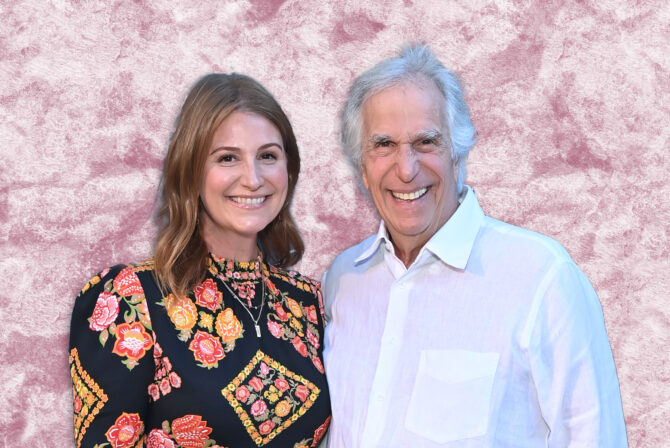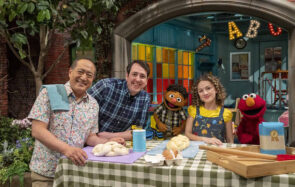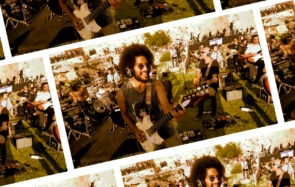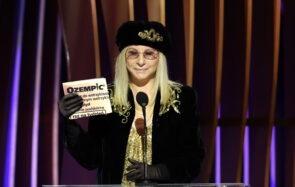“We get twice the presents!”
Most interfaith kids will utter this classic, and rather obnoxious, boast at some point during childhood. And I have to admit, it makes me wince and grit my teeth a little. As an interfaith child myself, I understand all too well that bragging about Christmas and Hanukkah gifts can be a defense mechanism, designed to dazzle and deflect those who view interfaith families with skepticism and disapproval.
But as the parent of two interfaith children, now 17 and 20, it was crucial every year to at least attempt to reduce the avalanche of holiday packages, boxes, and bags. I really did not want my interfaith kids to feel entitled, superior, or somehow wealthier than their single-faith playmates.
To be honest, I did try to give my kids double the gifts, but I wanted those gifts to be metaphorical, or experiential, not material. The plan was to bestow on them deep connections to both Judaism and Christianity, education in the history and rituals and beliefs of both religions, and opportunities to celebrate with extended family on both sides. In lieu of buying stuff, my husband and I tried to focus on creating deep sensory memories for our children: frosting gingerbread houses and frying latkes, hanging ornaments and dancing around the menorah.
OK, so we are not total Scrooges, or Grinches, or ascetics. Each child got one pile of gifts at the holidays, and “Santa” delivered that pile on Christmas morning. I do understand why some families who don’t celebrate Christmas give a huge mound of presents on Hanukkah instead. But giving two piles of presents on two overlapping holidays seemed, to me, like a misguided attempt to make the two holidays equal. Part of the beauty of celebrating both religions for our family, is that Hanukkah does not have to compete with Christmas. Instead, we let Hanukkah be a more modest holiday, appropriate to its modest place in the Jewish liturgical calendar, where it stands behind Shabbat, Passover, Rosh Hashanah, Yom Kippur, and Sukkot, in terms of importance.
Part of our strategy was to communicate with all the grandparents and aunts and uncles our intention to try to keep the gift giving under control, and instead focus on those who are truly in need. One visionary great-uncle gave donations to a different charity each year at Christmas, in lieu of presents, and wrote a letter about his choice to each member of the extended family. My mother has taken to donating goats and sheep and chickens in the name of each of her grandchildren, through Heifer International. And each year, we shepherded our children to the local Alternative Gift Fair, where they made charitable donations in lieu of Hanukkah gifts on certain nights: drumming lessons for youth in detention, psychotherapy and fresh local vegetable deliveries for low-income Washington DC residents, and bicycle repair kits for people in Uganda and Honduras.
And also, cumulatively, over the years, I must admit, they got a lot of toys and clothes and books. But being an interfaith family provided fresh incentive each year to try to make sure to focus on the carols and the klezmer, the firelight and the candlelight, and spending time with both sets of relatives. It took a conscious effort to keep Hanukkah and Christmas from disappearing under a drift of torn red and green and blue and white wrapping paper. We did not always succeed. But I hope that if you ask one of my almost-grown kids about the benefits of being part of an interfaith family, you will get a deeper answer than “twice the presents!”
Like this post? Get the best of Kveller delivered straight to your inbox.
